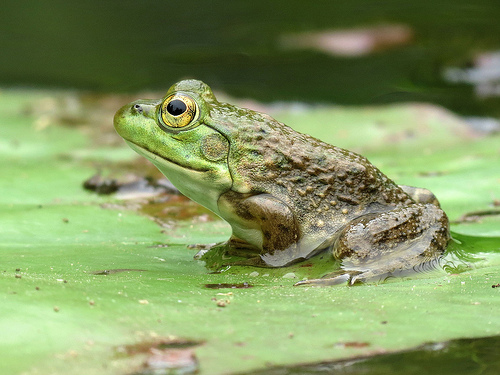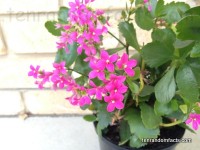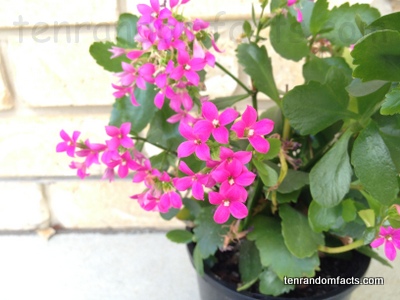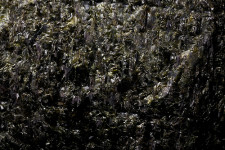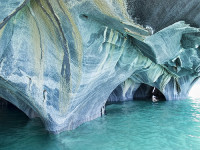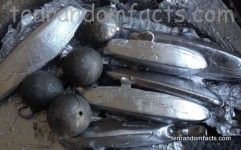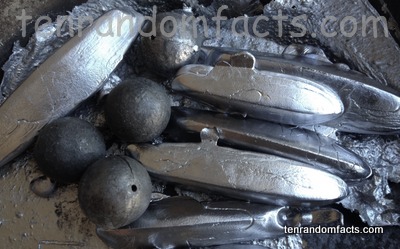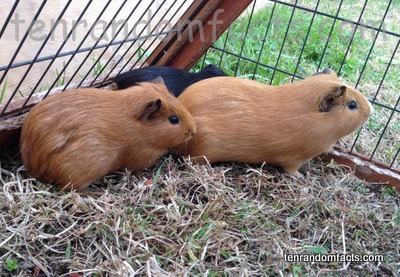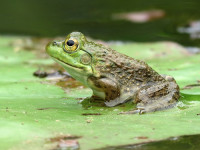
Do you get a bit jumpy around American bullfrogs?
- American bullfrogs are a species of large frog, native to Canada and southern and eastern parts of the United States, as well as parts of Mexico, and they are also just called ‘bullfrogs’, although this term can be used loosely to refer to other frog species.
- The scientific name of an American bullfrog is Rana catesbeiana and it is from the family Ranidae, the family of true frogs.
- The colour of the skin of American bullfrogs is generally a combination of green, brown, grey and yellow.
- The length of an American bullfrog can range from 9 to 15 centimetres (3.5 to 6 inches) or larger, and it can weigh 300 to 500 grams (0.6 to 1.1 pounds) or more.
- Anything swallowable makes up an American bullfrog’s diet, including fish and other water creatures, birds, rodents, reptiles and insects.
American Bullfrog
Image courtesy of Katja Shulz/Flickr
- American bullfrog hind legs are eaten as a food item by humans in a number of countries, and the frogs are often captured through spearing or by hand.
- American bullfrog females can produce up to 20,000 eggs at a single time, and they hatch as tadpoles, which can take a few months and up to a few years, depending on water temperature, to grow into adult frogs.
- Male American bullfrogs display social dominance, and they emit a deep sound when calling, said to be similar to that of cattle, hence their common name.
- American bullfrogs can live up to 16 years, although this is rare – they are more likely to have a lifespan of six to ten years.
- American bullfrogs have been introduced, accidentally or deliberately, to parts of South America, Europe and Asia, and they have been detrimental to native species in some of these areas.
Bibliography:
American Bullfrog, 2015, National Geographic, http://animals.nationalgeographic.com.au/animals/amphibians/american-bullfrog/
American Bullfrog, 2015, Wikipedia, https://en.wikipedia.org/wiki/American_bullfrog
Bullfrog, 2015, A-Z Animals, http://a-z-animals.com/animals/bullfrog/




